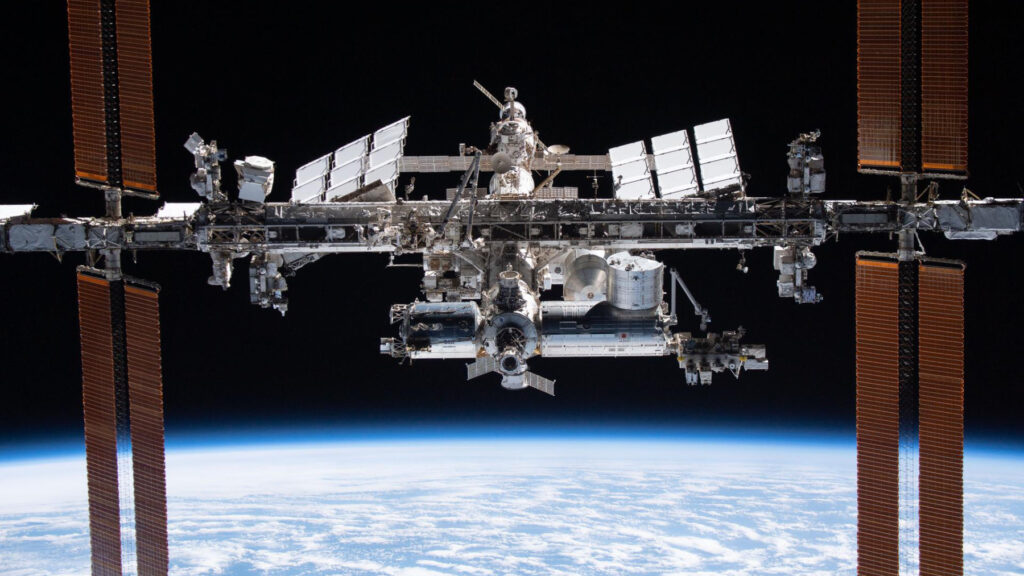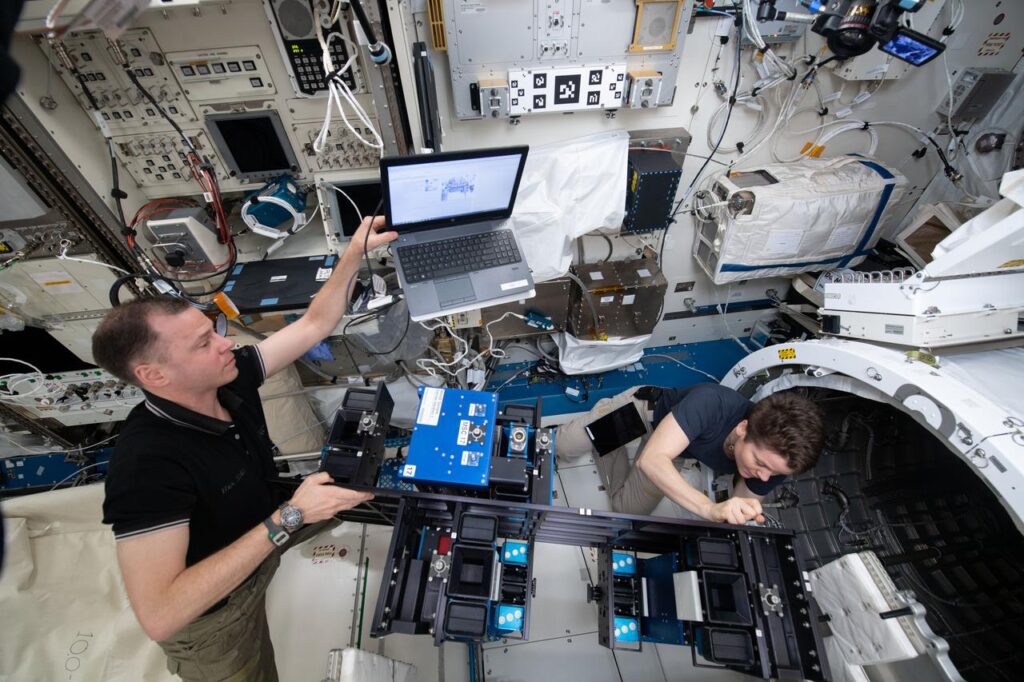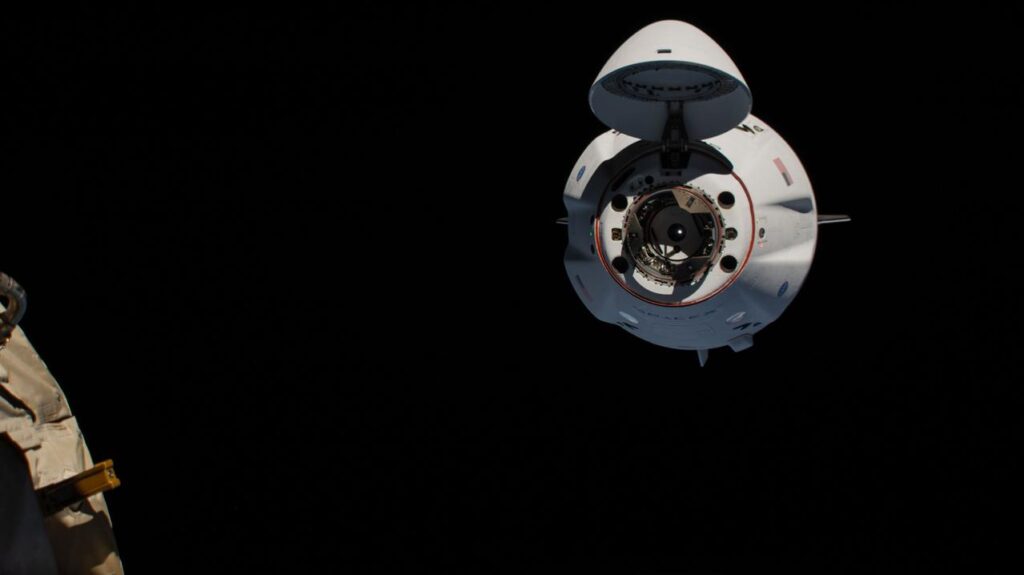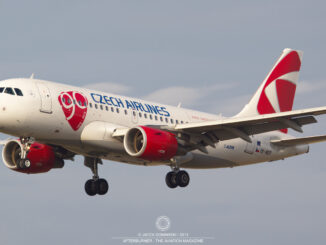
Continuous scientific, educational and technological research in low Earth orbit, as well as deep space exploration, have been one of the main goals of NASA for decades. Currently, one of the key outposts of such research is the International Space Station (ISS), orbiting our planet for a quarter of a century.
Since 1998, the ISS is operated by five space agencies – the Canadian Space Agency (CSA), the European Space Agency (ESA), the Japan Aerospace Exploration Agency (JAXA), the National Aeronautics and Space Administration (NASA) and the Russian State Space Corporation (Роскосмос / Roscosmos). For almost 25 years now, as the first crew arrived on the station in November of 2000, the spacecraft represents demonstration of continued human presence in space.
The ISS is interdependent, which means it is designed to rely on mutual contribution of the partnering space agencies and their international cooperation. Therefore, each of the aforementioned agencies operating the station is responsible for managing and controlling their own equipment hardware.
For twenty-four years of continuous habitation and operational use by consecutive manned expeditions, of which there have been as many as 71 to date, the International Space Station represents a unique extra-terrestrial laboratory. Astronauts and cosmonauts on board the ISS carry out experiments in a wide range of research fields, related both to our planet and to space exploration, biology, human physiology and physical science, as well as technology demonstrators that would not be possible to conduct here on Earth. To this date, crews living on board the ISS have conducted a total of more than 3,300 experiments in microgravity.

Over the past two decades or so, we can observe the significant increase in the number of private ventures committed to the development of space technologies. The International Space Station is in fact also the important part of space commerce – from commercial cooperation to commercial and national lab research. Lessons learned and conclusions drawn from the years of operation of the slowly ageing ISS, are now helping several private space companies to develop their own commercial space stations.
This, regrettably, is true – the ISS is ageing, and its operational life is coming to an end. As a result, Roscosmos had decided to withdraw from supporting the operations on the International Space Station until at least 2028. Nevertheless, CSA, ESA, JAXA and NASA have jointly declared to keep operations on the ISS until 2030.
With the ISS ageing, and while at the same time the industry is seeing commercial space station projects being developed – such as Orbital Reef by Sierra Space and Blue Origin – it is no wonder that NASA decided to take an interest in such private initiatives. In the not-so-distant future, they in fact could provide a solid follow-up to the ISS and its legacy.
However, the time come for NASA to develop a safe method of deorbiting the ISS and to carry the whole procedure in a controlled manner, without posing a risk to inhabited areas of our planet.
On 26th June 2024, NASA published the news release on its website, announcing that it had selected a company to develop the US Deorbit Vehicle for that purpose. The choice fell on SpaceX, the company founded in 2002 by billionaire Elon Musk and now being one of the unquestioned leaders of the private space sector.

‘Selecting a U.S. Deorbit Vehicle for the International Space Station will help NASA and its international partners ensure a safe and responsible transition in low Earth orbit at the end of station operations. This decision also supports NASA’s plans for future commercial destinations and allows for the continued use of space near Earth. The orbital laboratory remains a blueprint for science, exploration, and partnerships in space for the benefit of all.’ – said Ken Bowersox, associate administrator for Space Operations Mission Directorate at NASA Headquarters in Washington.
SpaceX will only develop the US Deorbit Vehicle, while NASA, as its owner, will perform the mission of deorbiting the ISS. After that, the spacecraft is expected to burn in the Earth’s atmosphere, together with the station. The onetime contract for the development of the US Deorbit Vehicle is worth 843 million USD. The matter of launch service for spacecraft remains unknown for now and is going to be determined in the coming years.

Cover photo: The ISS photographed from the SpaceX Crew Dragon Endeavour during a fly around of the station on 8th November 2021. (Photo: NASA – iss066e081130)
All photos © and credits – National Aeronautics and Space Administration. The official NASA news release was used.



